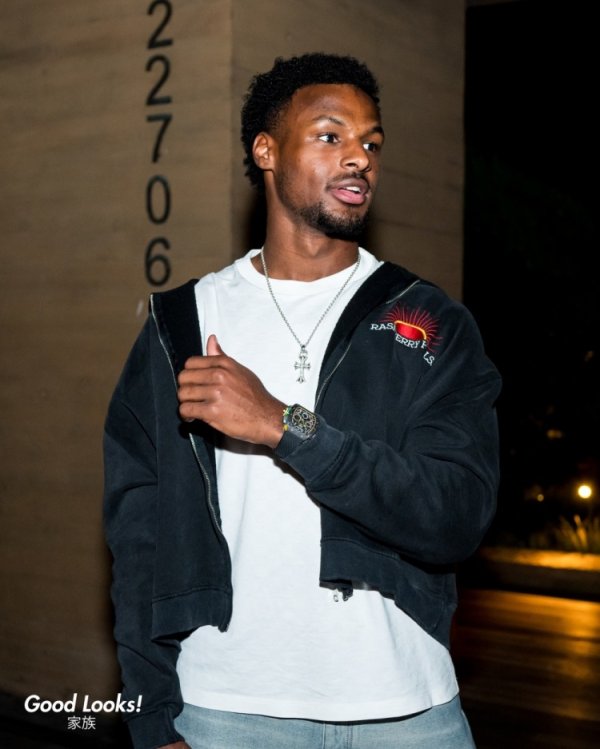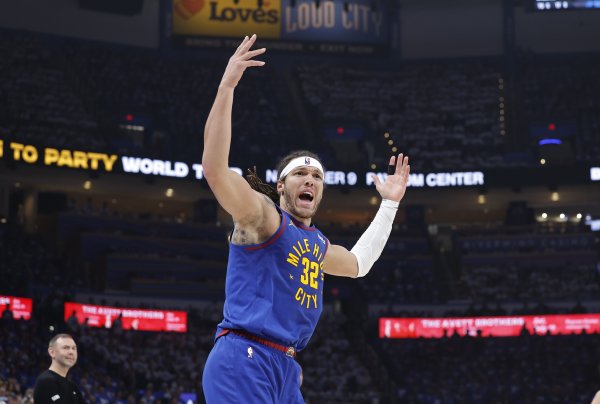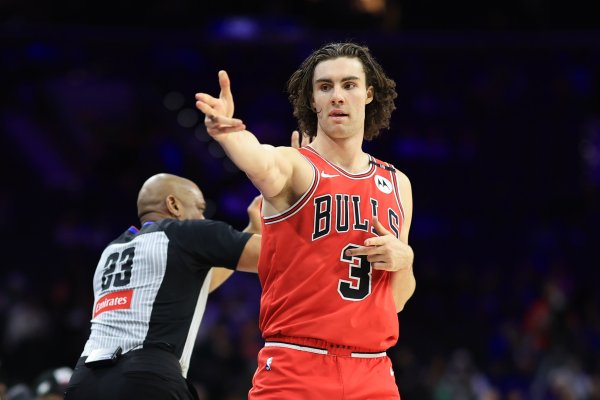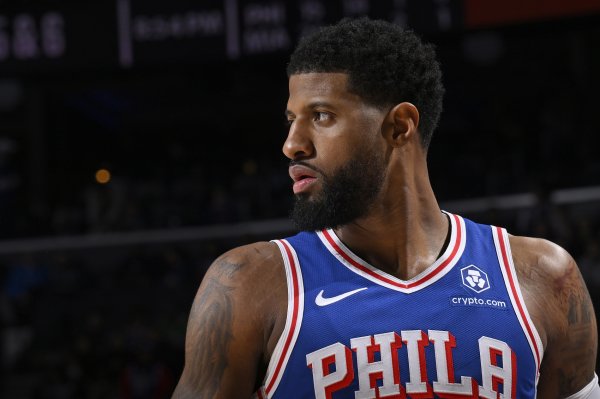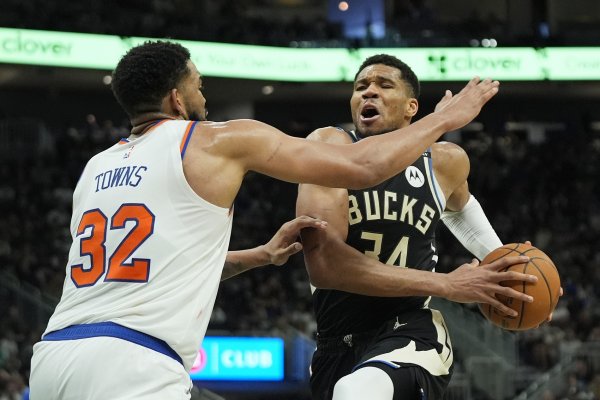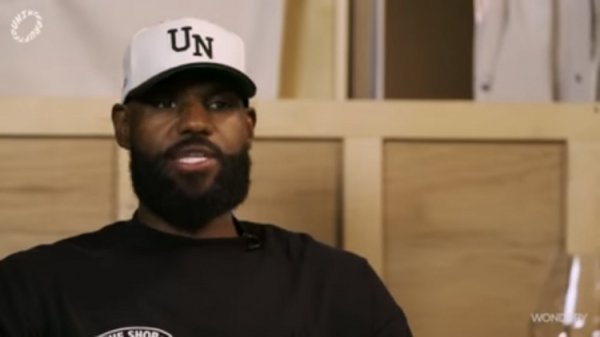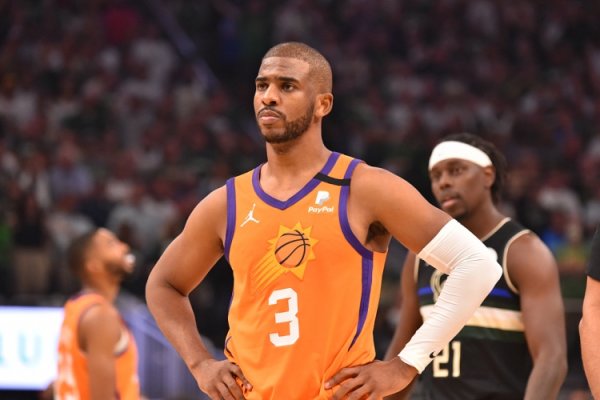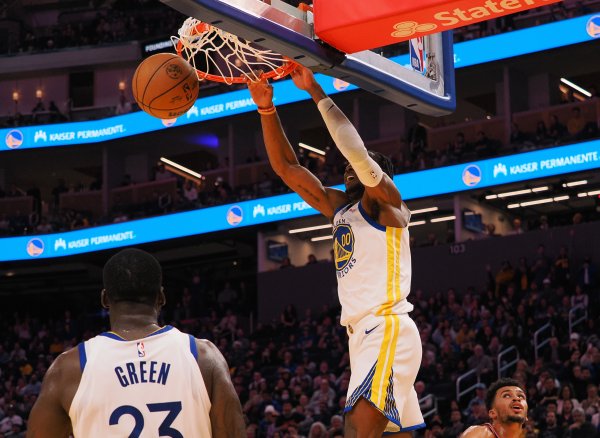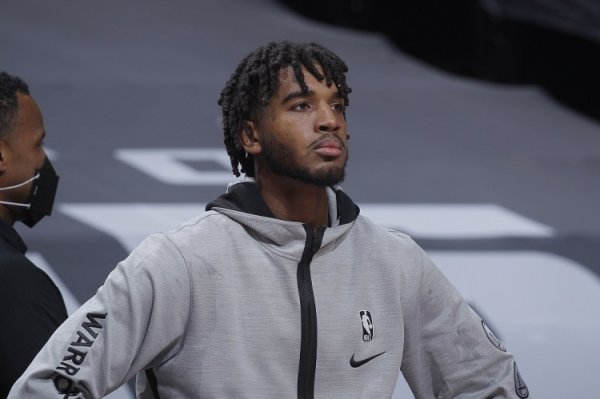The plan to maximize the value of the No. 1 pick: Join forces with Thick-Brow Irving? Send to the Spurs, the Cavaliers or the Suns?
We know that the Mavericks have said they plan to choose Duke forward Cooper Flag in the June 26, 2025 draft and will not consider signing a superstar who has proved himself with the No. 1 pick.
But what if a trade offer was placed on the desks of Mavericks general manager Nico Harrison and team owner Patrick Dumont, and the offer would at least force the team to think about this option briefly before eventually rejecting it...what would happen?
With less than a month left before the two-day draft, we are examining some possibilities for Flag's future career.
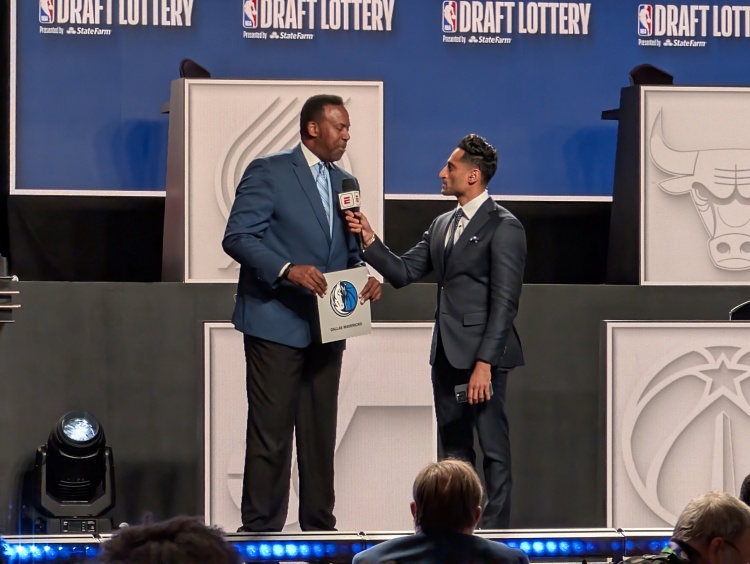
Before winning the No. 1 pick through the lottery, the Mavericks were already considered a team that will compete in the Western Conference next season, but only if they have a healthy roster. The addition of the No. 1 pick – an undisputed number one rookie in the past year – will only make them more competitive.
Flag will join the Mavericks, which has 13 players in the roster last season, still in contract periods, including Anthony Davis and Kyrie Irving, who has the player option. Irving may be out for a long time to recover due to a torn ACL in March.
The Mavericks have the flexibility to trade - if the trade does happen. In addition to the No. 1 pick in June...
--The Mavericks have the Lakers' unprotected first-round pick in 2029, and can trade their first-round pick in 2031 or 2032. They also have 10 players with annual salary ranging from $2 million to $16 million, including Klay Thompson, PJ Washington and Daniel Gafford.
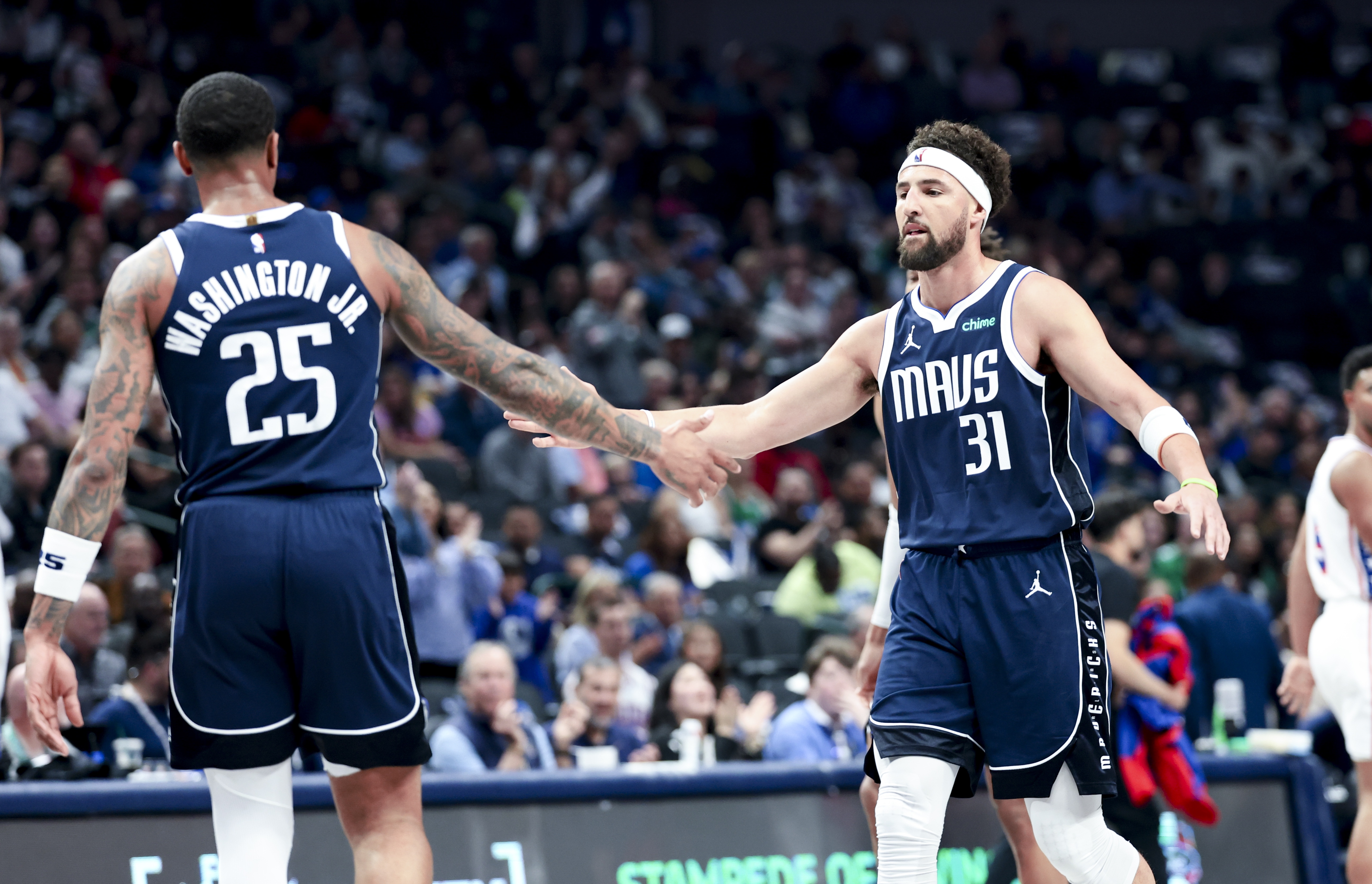
- Flag may join the Mavericks as a star player, the team's lineup is full of talented wingers, but the team's total salary has exceeded the luxury tax line of $17 million and has exceeded the two tycoon lines. The Mavericks also have three tradeable first-round picks and two second-round picks.
- Another question is whether the team owner will approve the Bucks' Giannis Antetokounmpo with a No. 1 pick like Flag and his remaining two-year contract.
We invited our NBA insiders (Bobby Max, Zach Kram, Kevin Pelton and Andre Snellings) to propose potential trade plans for the Mavericks’ No. 1 pick and the right to pick Flagg. Let's dive into these deals, including starting with the Mavericks' situation before the draft.
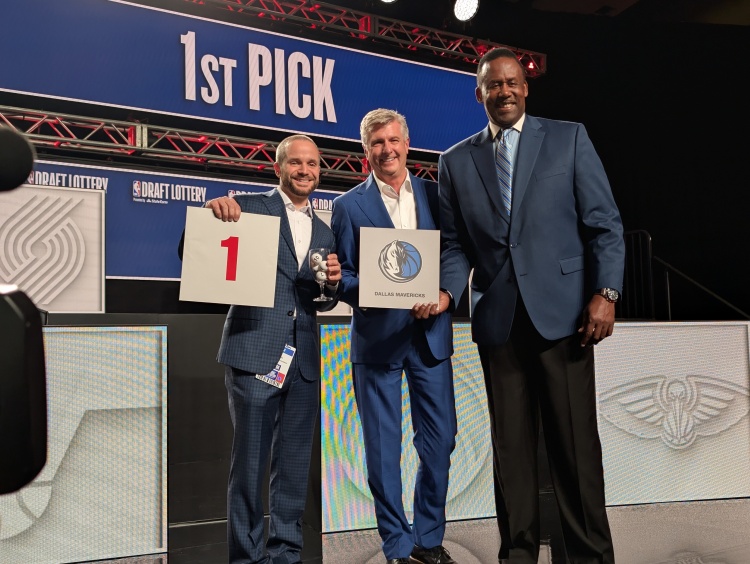
How retaining the No. 1 pick will affect the Mavericks' future
On May 13, minutes after the Mavericks won the right to choose Flag, the team executives interviewed by ESPN were speculating whether the draft pick would be used for trade if there was a trade.
Considering Harrison's positive nature in business pursuits, why not?
Since taking over basketball operations in June 2021, Harrison has made 16 deals and is continuing to look for the right player combination to win the championship. There is no more obvious example than last February when Luca Doncic traded for Davis. Considering that Davis' contract has three years left, the deal puts the Mavericks into a "Campaign Now" mode.
However, as sources confirmed to ESPN, the Mavericks plan to choose Flag and will not consider using this draft pick to trade a superstar who has proven himself.

Despite the temptation, especially if players like Antetokounmpo can be obtained through trades, the Mavericks’ approach is wise from a team-building perspective.
Financially, Flag's four-year rookie contract is equivalent to the amount signed by a free agent through a non-tax middle class exception. His first year of $13.8 million was less than the average player salary.
With Davis and Irving next season, it makes little point to trade Flagg's salary for a player with an annual salary of more than $50 million.
And there is also the reality that first-round picks usually don't change teams after their initial contract expires. The Mavericks can sign contracts with Flag over the next four seasons and an additional five years.
- Max

Quotation Plan 1: The Spurs trade upwards to create a future frontcourt
Mavericks get: the second pick in 2025, the 14th pick in 2025, the first round pick in 2027, (retrieve) the Mavericks' first round pick in 2030, the Spurs get: the 2025 No. 1 pick in 2025
The ultimate goal of this deal is to combine Flag and Victor Vinbanyama, the most popular No. 1 pick in the past decade. They will be the new generation of Tim Duncan and David Robinson. And although the Spurs just missed the opportunity to get the No. 1 pick, they have assets that may attract the Mavericks to exchange the No. 1 pick for the No. 1 pick.
What should we pay for trading upwards at such a high draft? In 2017, the Sixers only had to send a future first-round pick to the Celtics, jumping from the third pick to the first pick. But this is not a particularly useful reference, because then Celtics general manager Danny Angie was not as optimistic as everyone considers Flag's recognized number one rookie Markle Fultz in 2017.
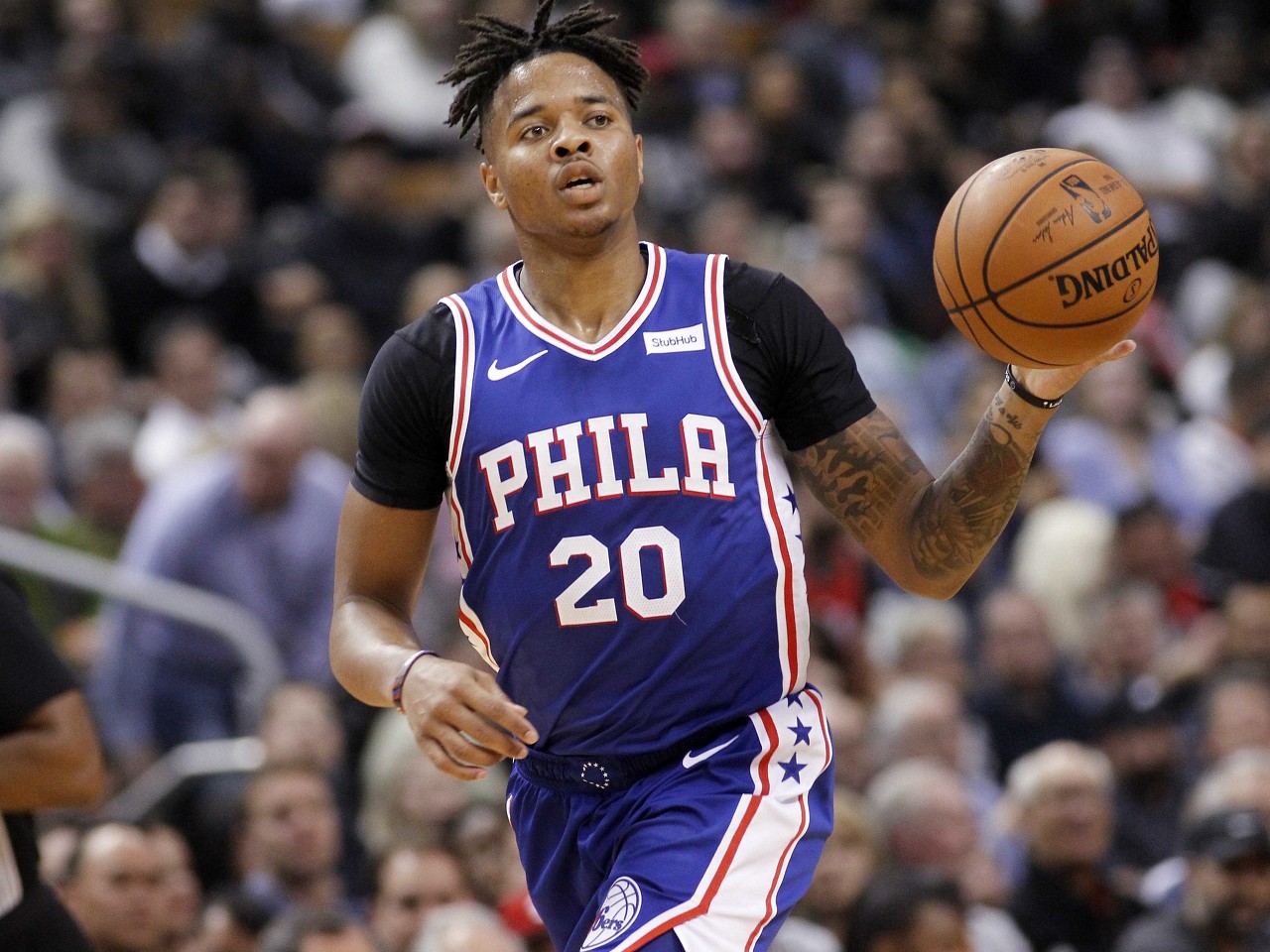
So let's review an earlier draft pick deal to build the Spurs' offer.
In 1993, the Warriors sent three future first-round picks to the Magic to facilitate a deal between "penny" Hardaway (University of Memphis) and No. Chris Webber (University of Michigan). It sounds like a proper reference, with Flag playing Weber’s role—Web, like Flag, is a high-profile super rookie after performing well in his college career—and Dylan Harper playing Hardaway’s role as a tall, dynamic defender.
To make up for the gap between rookies, the Spurs will send out three draft assets to help the Mavericks supplement their rather poor draft reserves. The Mavericks will get a lottery final pick in the 2025 draft, in addition to a 2027 Hawks unprotected draft pick and reclaim their own 2030 draft pick (this swap was originally given to the Spurs in a three-party sign-and-for-transaction deal with Grant Williams). The deal is of great significance to the Spurs, who can build a future frontcourt—and perhaps, the foreseeable future that will dominate the NBA—and without losing any of their own future draft picks. And as long as the Mavericks like Harper (or Es Bailey, or VJ Edgecombe, or other second pick) is close to their preference for Flag, then this exchange will also be of great significance to them.
——Kram
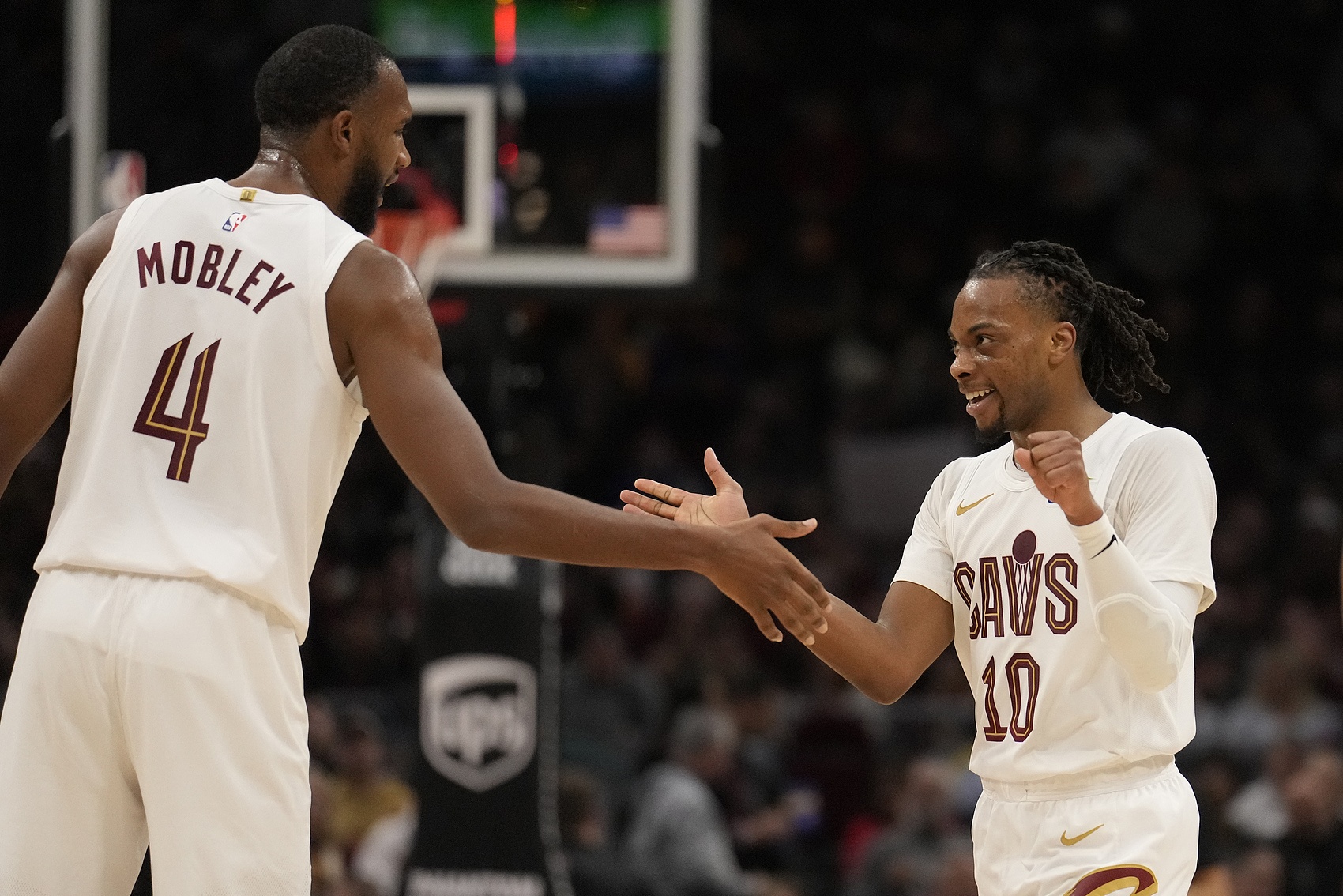
Quotation Plan 2: Cavaliers form the star threes of Flag, Mobley and Garland,
Mavericks get: defender Donovan Mitchell, 2031 first-round pick (from the Lakers), 2028 first-round pick swap rights (from the Lakers), 2030 first-round pick swap rights (from the Lakers)
Cavaliers get: 2025 No. 1 pick sign, guards Jevin Carter and Gabe Vincent, forwards Maxi Claiber and PJ Washington , Center Daniel Gafford
Lakers get: Center Jarrett Allen
Bulls get: Forward Dalton Kneckett and Caleb Martin, 2026 second round pick (from the Cavaliers), 2027 second round pick (from the Nuggets), 2028 second round pick (from the Cavaliers)
Quoted a Batman saying, "Do you want to be crazy? Come on, let's be crazy." Will the Cavaliers really break up a team with the second best record in the NBA (64 wins and 18 losses) in pursuit of Flagg? Of course not, but if the Cavaliers think losing to the Pacers exposed a fatal flaw, and if the Cavaliers feel that reshaping the roster around 23-year-old Evan Mobley is the right way to deal with it, then this move could help all involved.
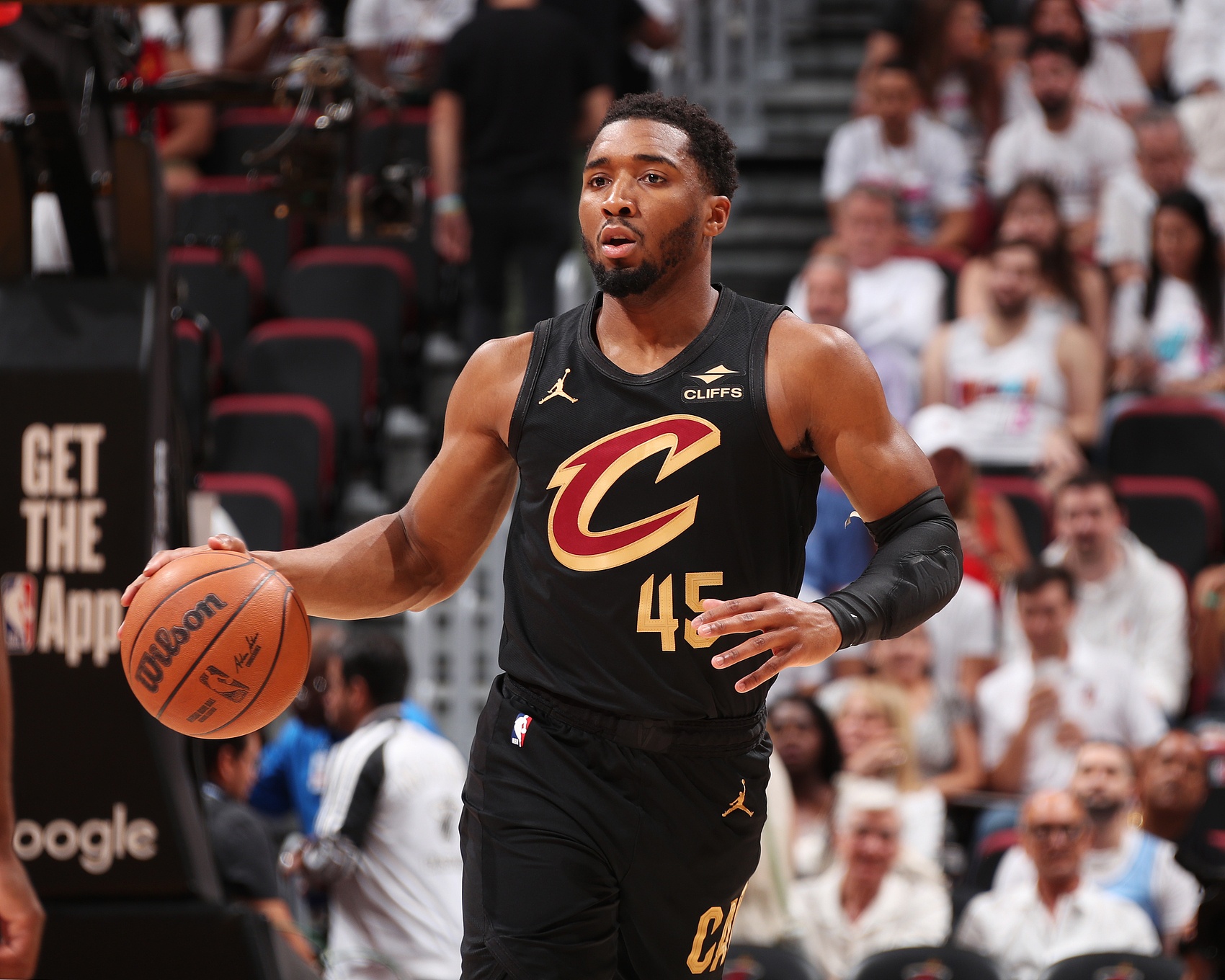
For the Mavericks, Mitchell is more suitable than Antetokounmpo, which will crowd the frontcourt with limited shooting ability. Mitchell can serve as the starting point guard next season when Irving is out, and then move to the second position after Irving returns. Through this deal, the Mavericks also obtained Lakers draft assets that the team failed to collect in the Doncic trade, and continued to bet on Doncic's age growth.
The Cavaliers formed a new star trio around Flag, Mobri and Darius Garland, none of whom were over 25 years old. Currently, with depth and defense, the Cavaliers should be able to remain competitive in the East. The frontcourt consisting of Flag, Mobley, Gafford or Washington will be one of the best defenses in the NBA, and moving Max Struz to the back position will give the Cavaliers a better height advantage in the backcourt.
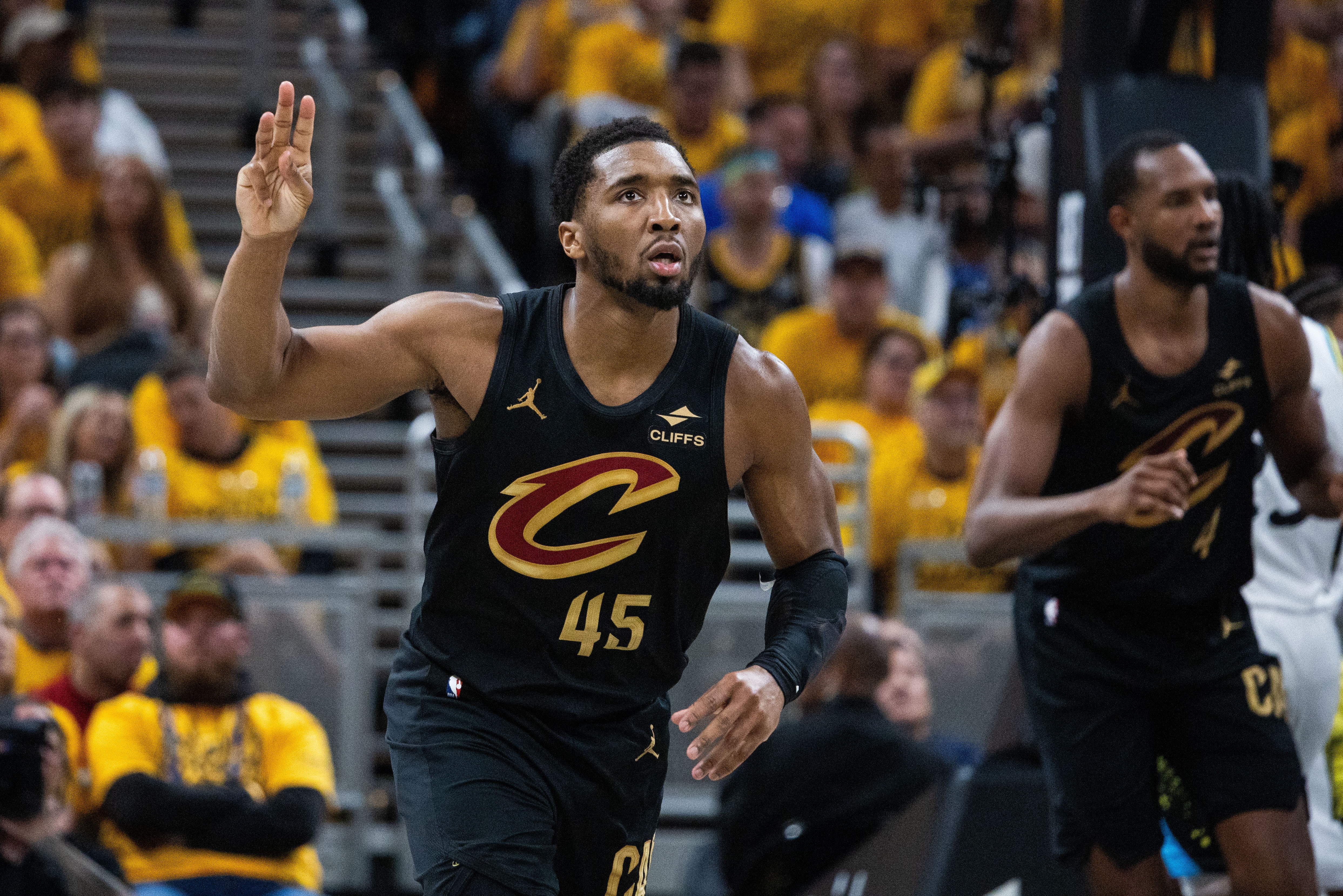
Since the deal must be completed by July 1, before Mitchell's renewal takes effect and his salary jumps from $35.4 million to $46.4 million to avoid the Mavericks reaching the No. 1 rich line, the Cavaliers can't actually save much on their luxury tax bills for the 2025-26 season. But three of the contracts they took over were expirations, which means they will save a lot of money in the 2026-27 season. And the Cavaliers should be able to use the remaining first-round assets to send out these due contracts (or delayed payments) in future transactions.
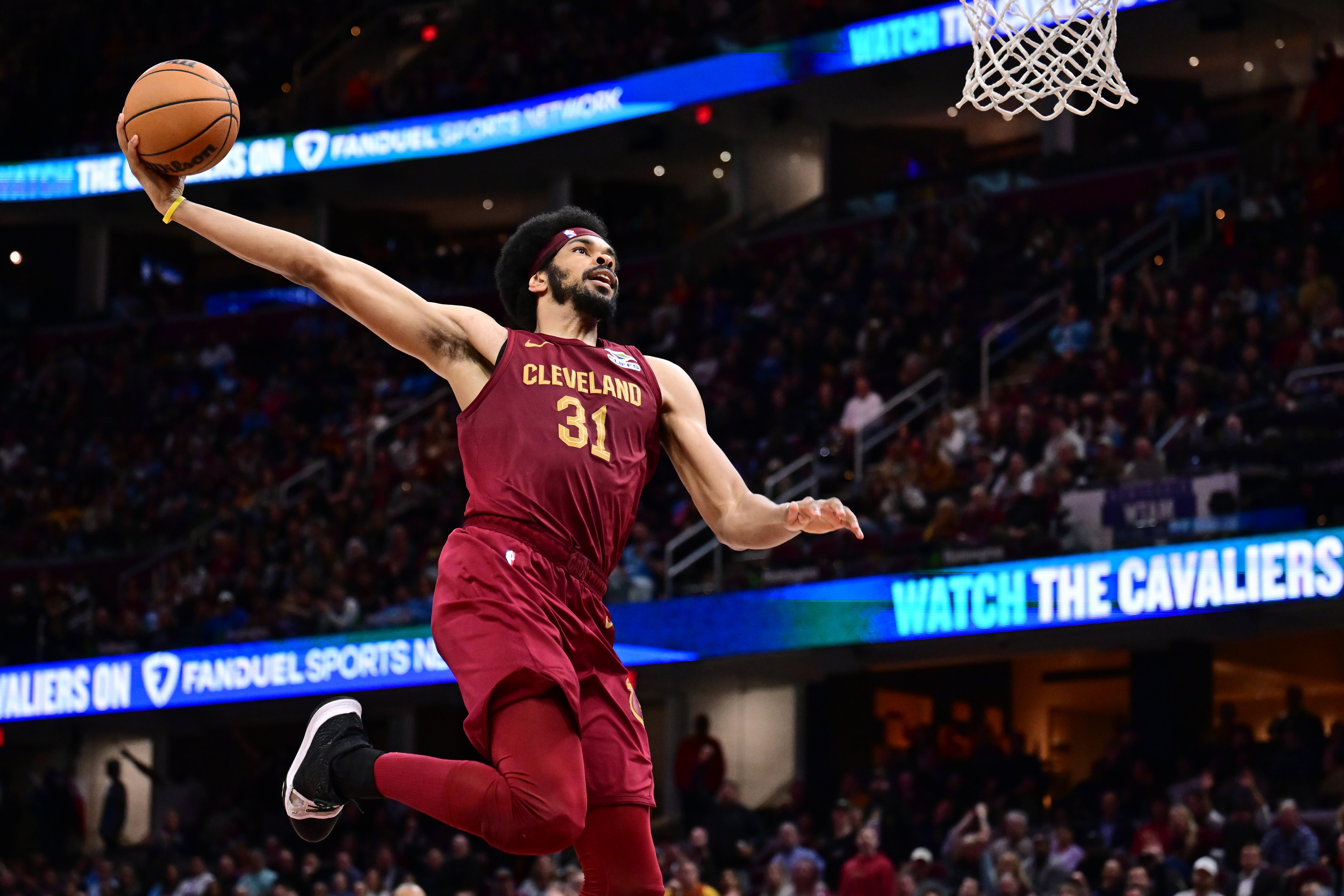
The Lakers got their dream of impact-rambling center Allen, who is undoubtedly the best big player they can get at the moment in terms of player value. Getting Allen not only gave them a draft pick, swap rights and Kneckett (who tried to get the Hornets’ Mark Williams with these chips), but another swap rights were also paid. If the Lakers can build teams around Allen and Doncic as they hoped, then there should be no need to swap draft picks in the end.
Finally, it is necessary for the Bulls as the fourth team to ensure that none of the other three teams will increase their salary in this trade, otherwise it will cause them to trigger a hard salary cap on the No. 1 rich line. The Bulls took over the rest of Martin's contract in exchange for all tradeable second-round picks to Kneckett and the Cavaliers.
- Pelton
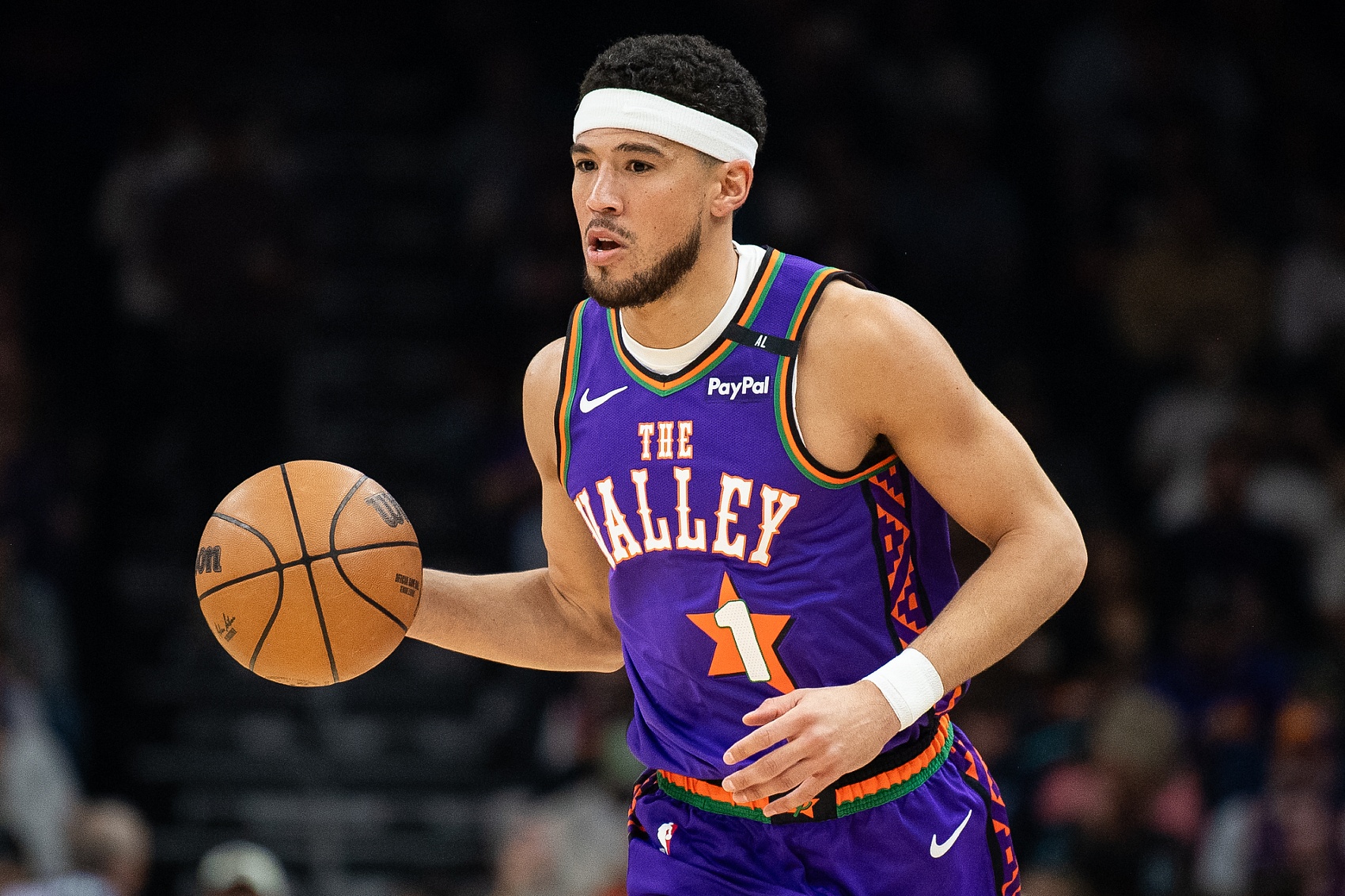
Quotation Plan 3: Mavericks get Booker and the top inside depth
Mavericks get: Devin Booker, 2025 first round pick (29th pick), 2028 first round pick (worst among himself, the Knicks and the Wizards), 2029 first round pick swap rights (worst among the Cavaliers, Timberwolves and Jazz)
Suns get: 2025 No. 1 pick, Klay Thompson, PJ Washington, Najib Marshall and Caleb Martin
This offer premise - trading a potential NBA superstar - is to emphasize that the Mavericks need to improve their lineup now. The deal for Doncic for Davis has put the Mavericks in the "Campaign Now" mode anyway, with the timeline surrounding Davis, 32, and Irving, 33, so it would be wise for them to trade the future for the present. Under these guidelines, it would make a lot of sense to trade to Booker.
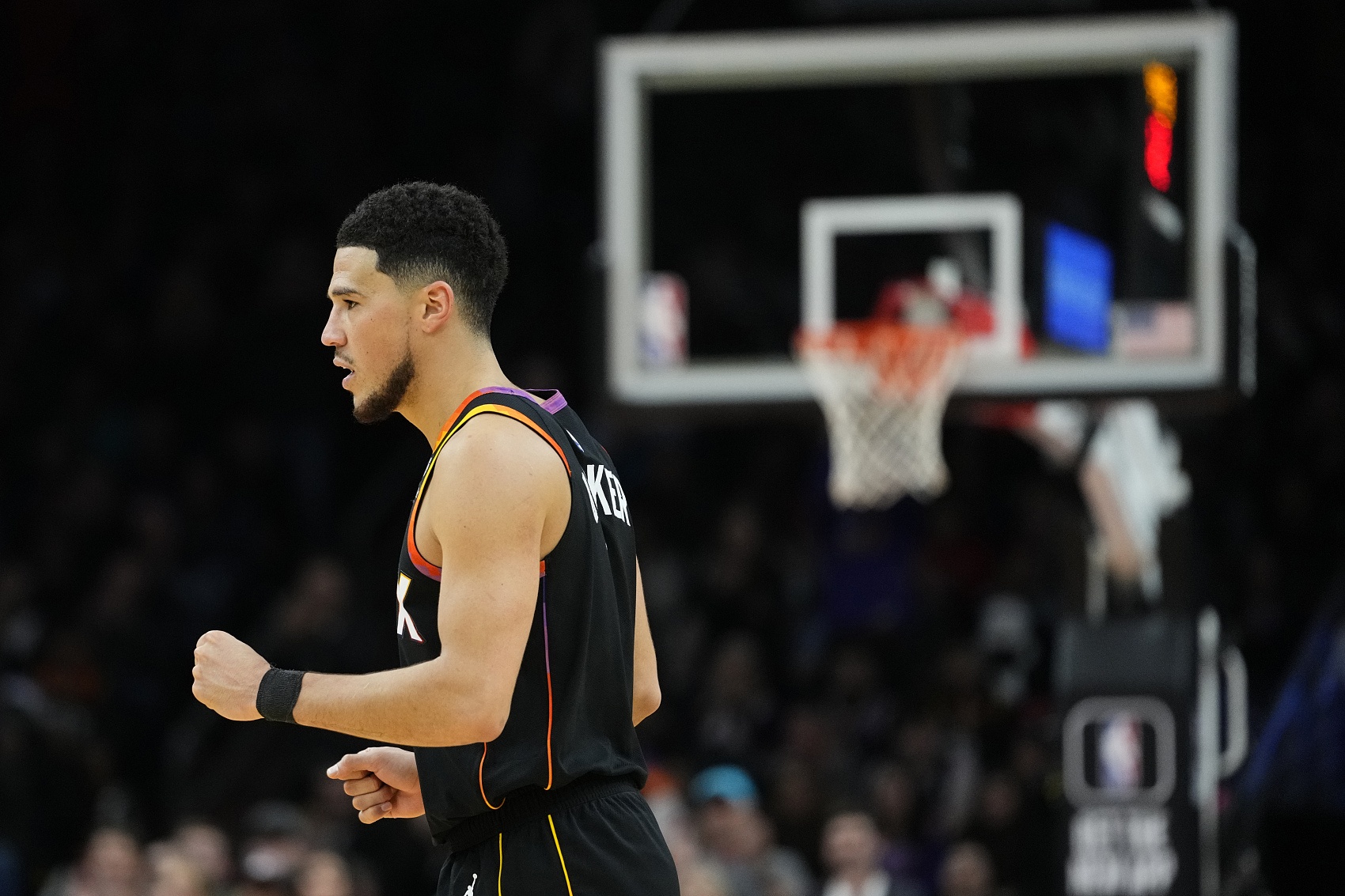
The Mavericks currently have top-notch inside depth and a point guard Irving who is a permanent All-Star, but the wing position also requires another dynamic outside player. The Mavericks will need a top-notch playmaker who can lead the team when Irving is out and fight alongside Irving after he returns.
Booker - a shooting guard who was selected for the first team of the NBA All-A-22 season in the 2021-22 season - is here, and is at his peak at the age of 28. The core roster of healthy Davis, Irving and Booker will be able to compete for the championship immediately, and even if Davis and Irving start to decline due to age issues, Booker will remain the core player. In addition, the Mavericks also received some draft considerations in this deal.
For the Suns, this offseason gives the feeling that this team is ready to change everything and rebuild. Their attempt to win with a lineup with three pure scorers but lacking enough supporting infrastructure did not work, their cap space situation was unsustainable, and they had traded several future draft assets.
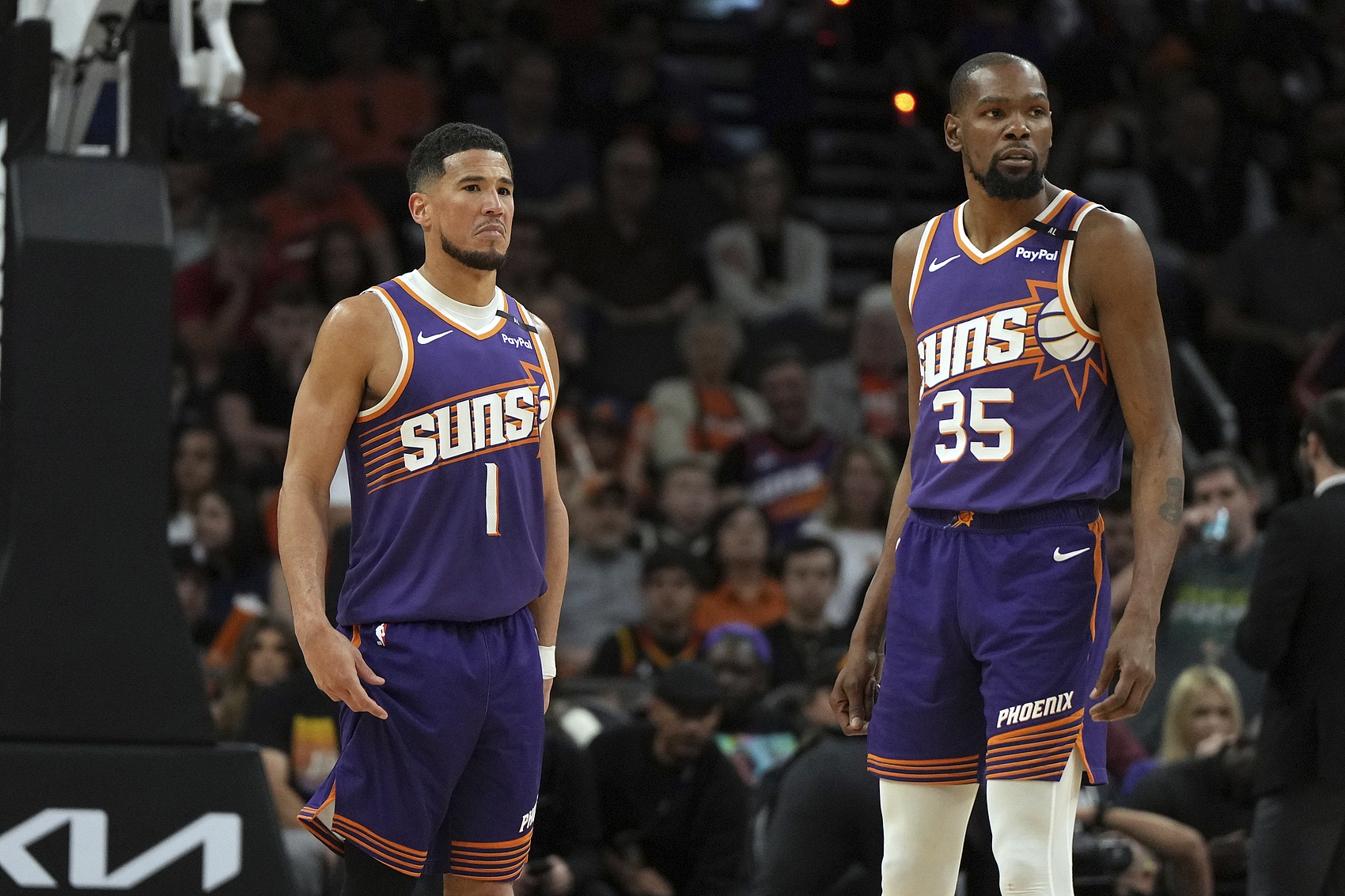
It is rumored that the Suns will also trade Kevin Durant this offseason. If the Suns complete Durant's deal before this deal, they may have more assets to add to Flag's offer. For now, even if you trade Booker and all the draft assets they can use, it will be amazing to acquire Flag's potential to be the cornerstone of their next-generation team.
In the hypothetical scenario of sending Durant away before the draft, the Suns were able to add potential assets obtained in such trades to the offer, which likely allowed them to make a more competitive offer than suggested in this article.
- Snellings
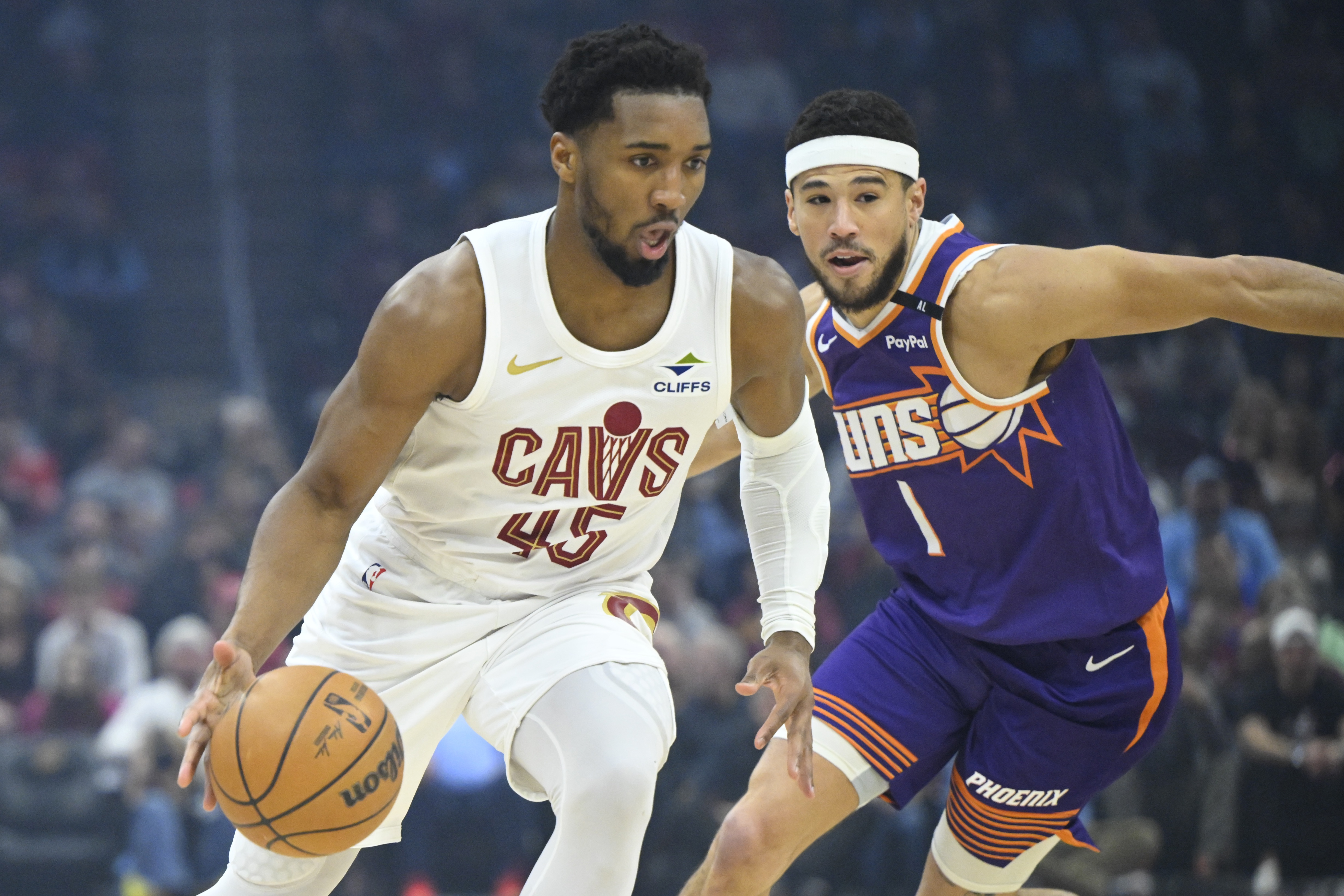
and the hard-to-reject transaction...
Max picked the most realistic of these transactions and explained why the deal was feasible or not:
If the Mavericks plan to operate according to the two to three years described by Harrison after the deal was obtained by Davis, then the Mitchell and Booker's deal made the most sense. But the same time plan was extended by an additional eight years when the Mavericks drew the No. 1 pick and got the right to pick Flag, the influential defender and comprehensive talent.
Considering Flag's upper limit and his fit with Davis, trading the No. 1 pick is undoubtedly a risk. But the Mavericks stepped back to the second pick to choose Harper and received three additional draft assets, including another first-round pick in the lottery this year, which would be a hard-to-turn plan.
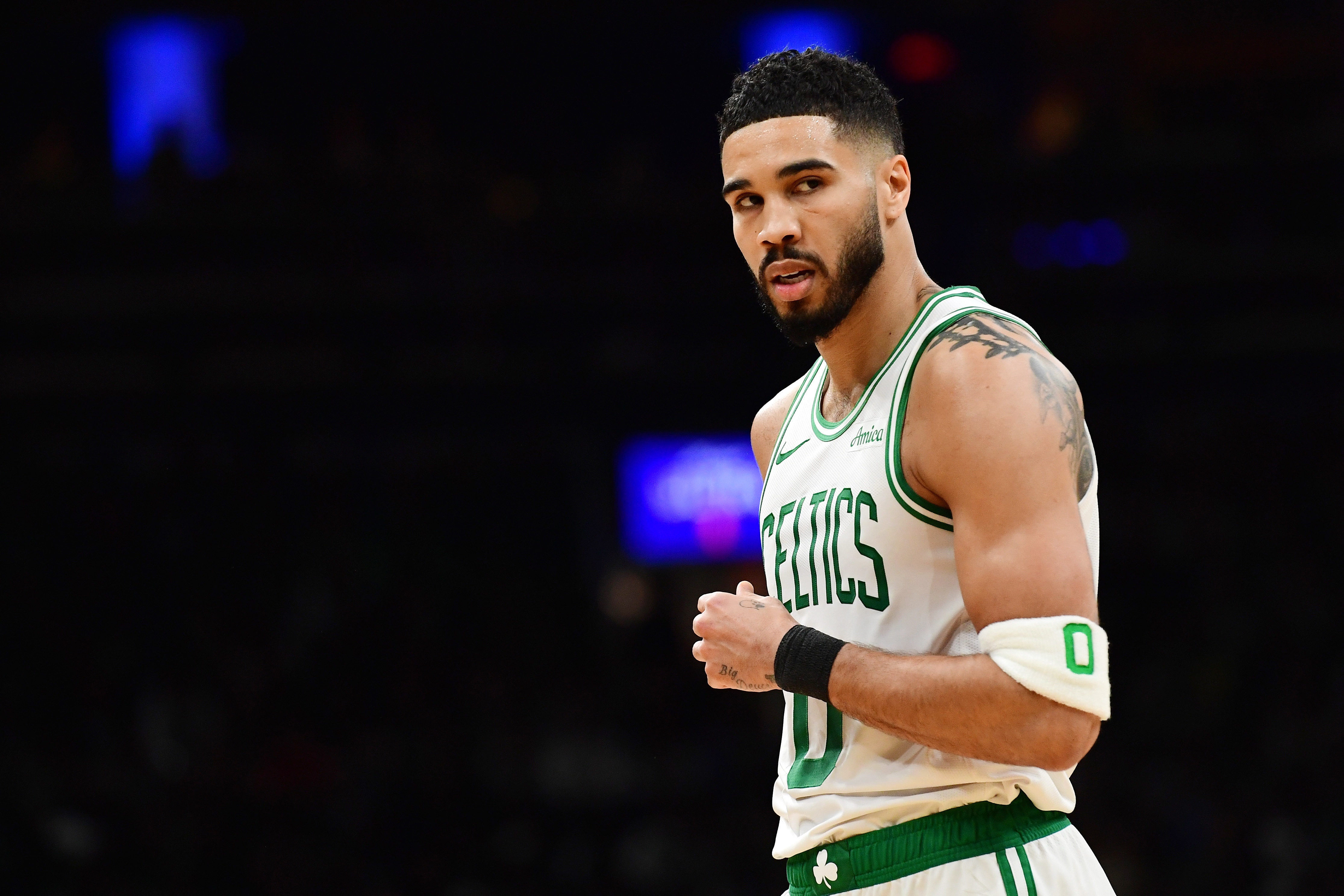
Remember, the Celtics traded the No. 1 pick to the Sixers in the 2017 draft, and then selected the next six-time All-Star Jason Tatum at the third pick.
More importantly, two unprotected first-round picks from the Hawks (2027) and the Lakers (2029) put the Mavericks in the lead when players like Antetokounmpo or Durant enter the market.
Author: NBA Insiders
Translator: GWayNe


